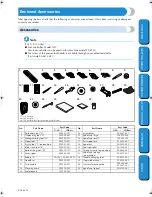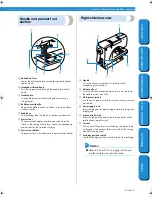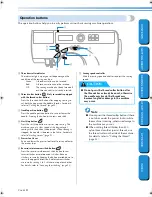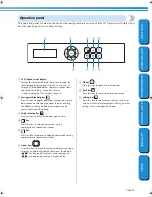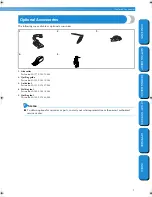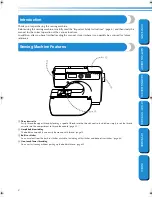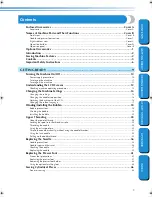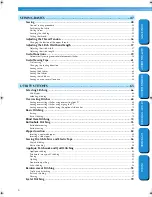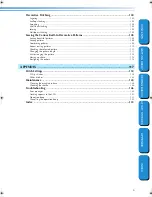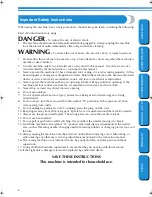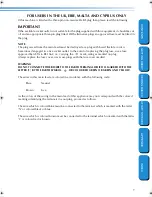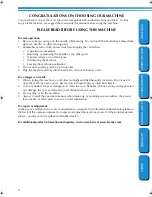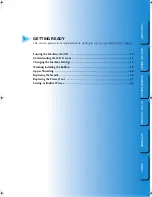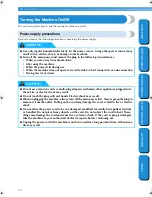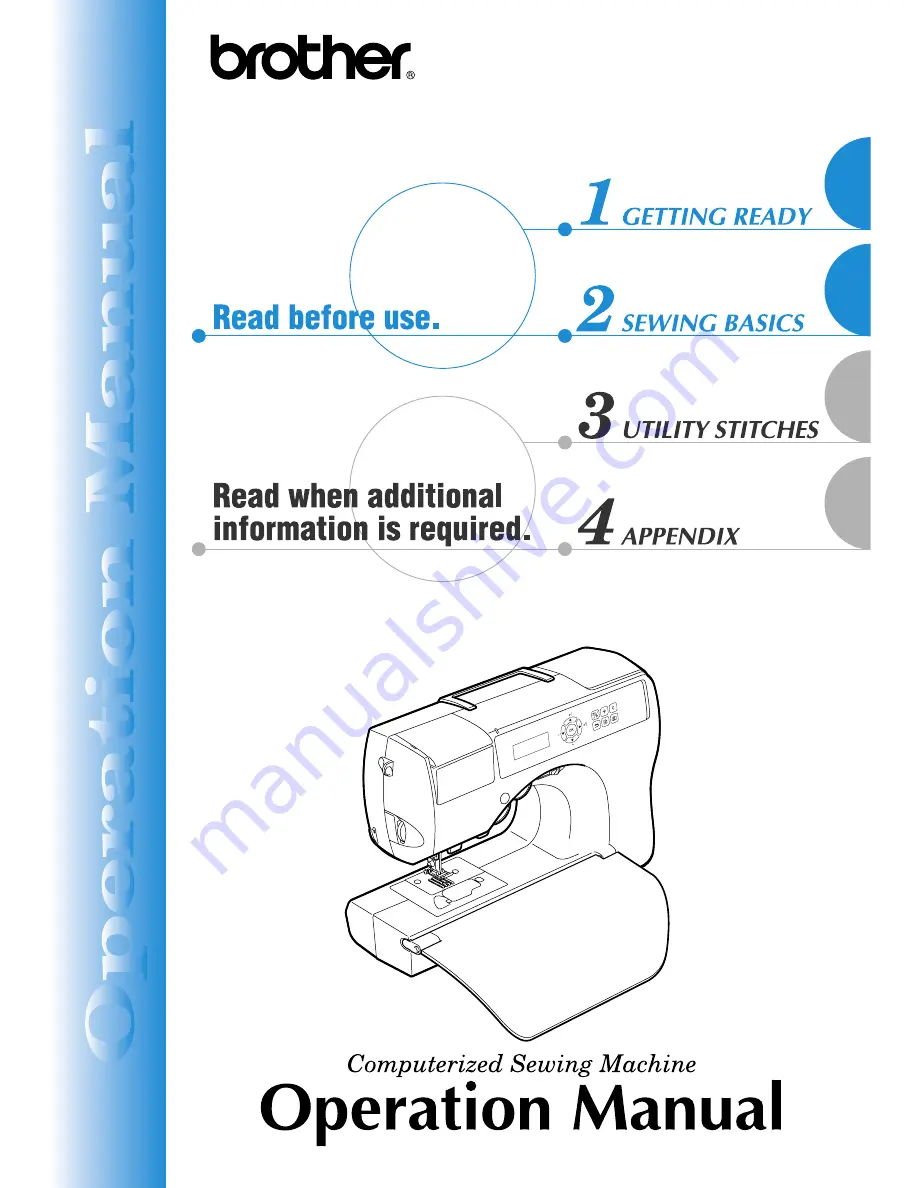Reviews:
No comments
Related manuals for CS-8150
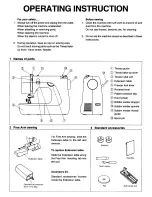
Sewing Machine
Brand: Janome Pages: 8
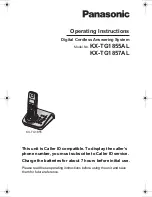
KX-TG1855AL
Brand: Panasonic Pages: 44
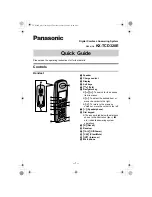
KX-TCD320E
Brand: Panasonic Pages: 6
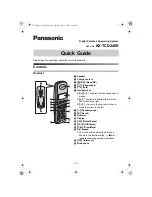
KX-TCD240E
Brand: Panasonic Pages: 8
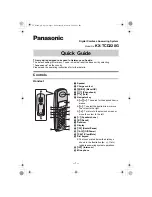
KX-TCD220G
Brand: Panasonic Pages: 6

OF5700
Brand: Oki Pages: 16
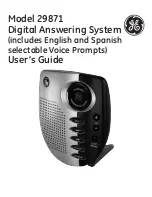
3287
Brand: GE Pages: 52

DM7200
Brand: Janome Pages: 68

EXPANDER 750 PROPANO
Brand: KLINDEX Pages: 60

GTX 26'' DISK
Brand: R.P.S. Corporation Pages: 42

KARCHER BD 700
Brand: Tornado Pages: 54

K4-D Series
Brand: Jack Pages: 37

Stylist 533
Brand: Singer Pages: 68

mma-250/3
Brand: Zenit Powertools Pages: 10

FAX 5250
Brand: Oki Pages: 653

ellegante 2 BLG2
Brand: Baby Lock Pages: 8

FLS-350N Series
Brand: JUKI Pages: 51

waa24161gb
Brand: Bosch Pages: 17


